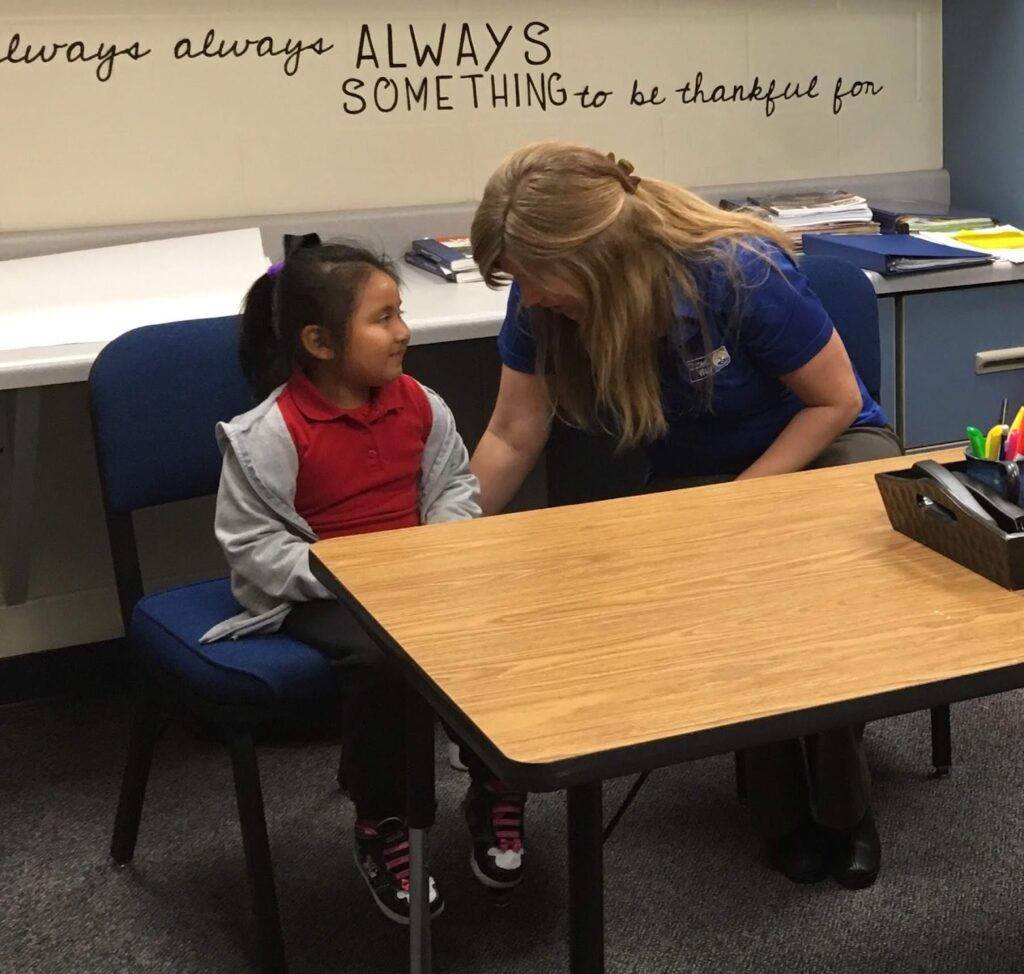“Well that’s a phrase I haven’t heard uttered in awhile,” my colleague said over the phone one COVID, isolated afternoon when I brought up The Velocity of Money. Simply stated, the velocity of money is how often money changes hands and while he hadn’t thought about it for awhile, it was a concept that had been rolling around in my mind nonstop since March 17. The Velocity of Money measures the rate at which money in circulation is used for purchasing goods and services and gauges the health and vitality of an economy. It’s a good argument for why the hoarding of wealth is bad for economic health (but that’s a different topic.) You can find a lot of great information about the concept here. And while economists use a formula to determine the velocity, you don’t need to know the specifics to feel its effects.

My family unit decided to isolate early during the Coronavirus pandemic due to a combination of health issues, advanced knowledge of public health, and a concern that the country would simply move too slow. But even as I spoke to my friend, four hours into good paying work, I felt broke. Despite feeling like I’d gotten in good work, literally sweating in the Florida sun (I’d happily moved my “office” to the patio for a bit) it seemed as if I had no money coming in. I knew I was not alone in feeling this strain.
In “normal times” most of us feel money pass among each other at least occasionally. Yes, we have increased our online purchases over the years, but at least we run into the delivery person occasionally. Or we have other transactions in person where money is passed (taking an Uber, eating at a restaurant or drive thru, buying groceries, pulling out money at bank/atm, going to a salon, etc). But during a pandemic lockdown, you don’t interact with the people at work that you know are paying you. You don’t interact with the people you are paying. The velocity of money feels as if it ceases to exist. Money moves mysteriously among accounts (as “fake” as stocks can feel… but, again, that’s a topic for another time.)
And, as many know, it is not reality that matters during a pandemic or any time of deep pain. It is the perceived reality…how one sees, feels, and experiences their world. And the experience has often been that money doesn’t exist. Only the lack of money. So, despite money coming into their lives, employed people also felt suddenly “unemployed” or “underemployed.” This coupled with the amount of actual unemployed humans….Well. A lot of pain has swallowed us over the last few months. How people and cultures are dealing with money right now and in the near future is unprecedented.

Today Florida started its first phase of “Re-Opening.” You might be experiencing an increase in face-to-face money exchanges. This might make you feel exhilarated…or panicked. Be kind to yourself. This is a difficult time. Money is the root of many problems –stresses, divorces, health issues, broken dreams. Try to be patient with yourself as you adjust to this new “normal” and all the phases of “normal” that follow.
Neural connections–brain synapses– travel a trillion times faster than money. This makes the velocity of human connection much more important in this trying time. Be kind to yourself. Be kind to others. Try your best to stick together, forgive, and interpret others’ actions with positive intent. Most human transactions do not occur with the other person wanting to hurt you — especially if they care for you. Stick together and hang in there.
#COVID #VelocityofMoney #Economics #Connectivity #Trauma #TraumaDuringCovid #AnthropologyofMoney
Instead of passing hands for a product or service, money has been melting through the fabric of society….like sand sifting through tight clasped fingers, captured by the wind and scattering across the way. As we shift to sedimentary experiences with money, be patient.


